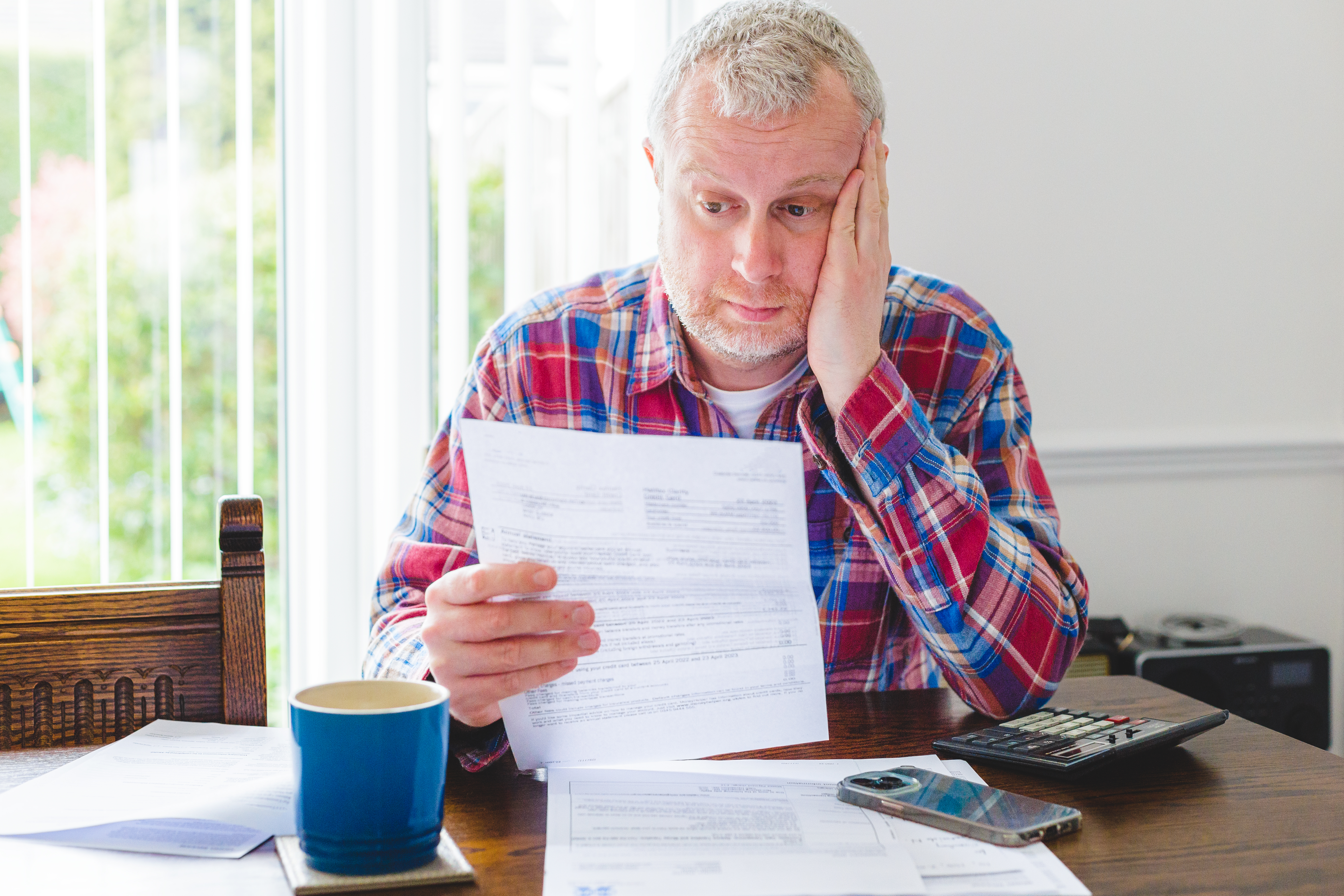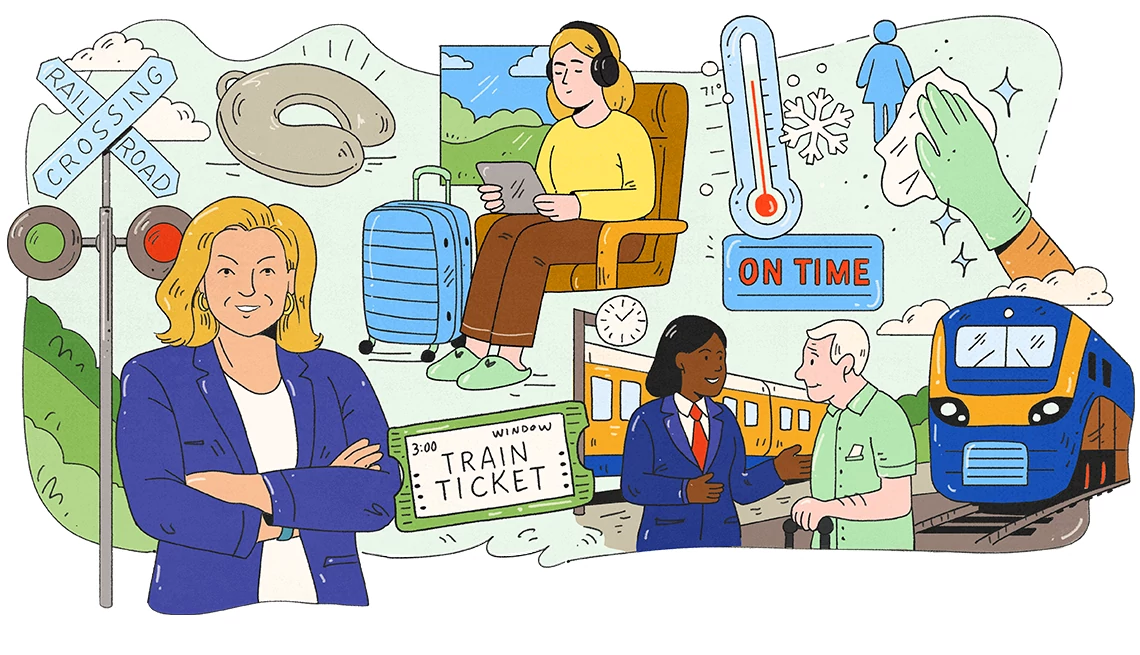AARP Hearing Center

With New Yorkers experiencing escalating home energy costs, leaders are looking for ways to hold down rates.
But they don’t necessarily agree on how to go about it.
In August, 1.2 million New Yorkers were more than 60 days behind in their utility payments, owing $1.8 billion, according to documents filed by utility companies with the state Public Service Commission.
An average 1,839 households per day in August had their service cut off all over the state, according to Bill Ferris, AARP New York’s legislative representative. “To AARP, that’s a crisis,” he says.
AARP New York supports two separate legislative proposals to give consumers more of a voice when the PSC considers rate increases, according to Ferris.
One bill passed by the legislature would create a state-funded utility consumer advocate to represent residential consumers’ interests in rate cases. At press time, it awaited the governor’s decision to either sign or veto it.
The other, which did not pass in the 2025 session, would enable intervenors — independent organizations that represent consumers in rate cases — to hire experts to argue their cases and include the costs in the approved rate request.
Currently, outmatched consumers, as Ferris calls them, pay for the utilities’ witnesses — almost $19 million in the most recent round of rate cases — but consumer advocates must pay for the experts they hire.
“Everyday New Yorkers are left voiceless,” says Assembly member Michaelle Solages, an Elmont Democrat who is the lead sponsor of the intervenor bill. “I want to give New Yorkers a fair shot.”
Laurie Wheelock, executive director and general counsel for the Public Utility Law Project, a nonprofit that represents low-income New Yorkers in rate cases, says the intervenor bill, if passed, “would help New York ratepayers by securing better outcomes from the rate cases.”
And Wheelock says a state consumer advocate would complement PULP’s work.
Gov. Kathy Hochul, a Democrat, vetoed a similar consumer advocate bill in 2021, saying consumers are already adequately represented, and Ferris is not optimistic that she’ll sign the 2025 bill.
Hochul has until the end of the year to decide. Emma Wallner, her deputy press secretary, said in an email that the office reviews bills when they’re sent to the governor.
The intervenor bill was hung up in the Senate this year; Hochul previously vetoed it three times.
Solages will push for passage of the bill in the Senate in 2026, saying, “I’m going to try until the governor signs this legislation.”
RATES GOING UP
Legislative action expected next year — along with Hochul’s decision on the 2025 bill — occurs against a backdrop of substantial rate-increase requests by the two largest utilities serving New Yorkers.
In August, the PSC voted to allow National Grid to raise rates for its 2.4 million customers in upstate New York.
As a result, residential customers will experience annual increases for three years and ultimately pay 28 percent more for electricity and 36 percent more for natural gas.
Consolidated Edison Company of New York Inc.’s $2.4 billion request to raise rates on its 9 million customers in New York City and Westchester County awaits the PSC’s decision.
If the request is approved, the average residential electric bill will increase 11.4 percent and the average gas bill will increase 13.3 percent, according to Consolidated Edison.
Hochul publicly opposed both requests for higher rates, and she criticized the PSC’s National Grid decision.
“While I appreciate that the New York Public Service Commission worked to significantly lower the outrageously high initial rate proposals, it’s still not enough,” Hochul said in a written public statement.
“I have been crystal clear that utilities must make ratepayer affordability the priority,” she added.
Ferris says, “It was fantastic that the governor came out and was concerned [about the rate requests]. AARP wants the governor to use her authority ... to really push back on the PSC not to approve the Con Ed rate case. It’s unaffordable and is inconsistent with her goal of making New York affordable.”
AARP is gathering stories about how rising utility costs affect residents, at action.aarp.org/nyutilitystory. Go to aarp.org/nyutilities for updates.
Mary Dieter, a freelance journalist, spent two decades covering Indiana state policy and politics for The Courier-Journal of Louisville, Kentucky.
________________________
Help for New Yorkers struggling to pay utility bills
- Find out if your utility has a discount program for low-income households at dps.ny.gov/energy-affordability-program.
- To learn about emergency assistance funds offered by your utility, go to dps.ny.gov/additional-utility-grant-programs.
- For help with weatherization to lower bills, visit energyadvisor.ny.gov or go to energy.gov/scep/wap.
- Learn about participating in a community solar program at nyserda.ny.gov/all-programs/ny-sun/community-solar.
Source: Public Utility Law Project
MORE ON ADVOCACY
- AARP Advocacy
- AARP NY, Advocates Urge Governor to Sign Independent Utility Advocate Bill
- AARP Fights Nationwide to Protect Older Adults from Utility Rate Hikes































































